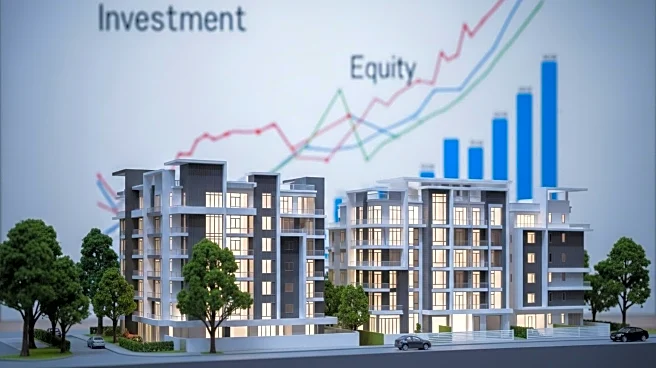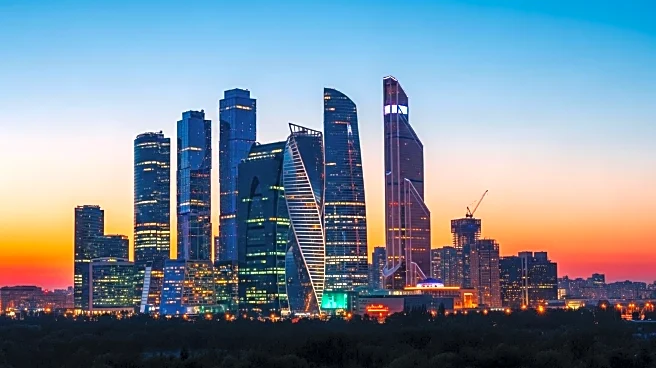What's Happening?
The U.S. is experiencing a significant industrial transformation, reshaping its economic geography across metropolitan areas. This shift is driven by rising geopolitical tensions and the need to reconfigure global supply chains, leading to a resurgence in domestic manufacturing. Cities like Columbus, Syracuse, and Phoenix are emerging as new industrial hubs, attracting substantial investments and creating numerous jobs. This reindustrialization is not only revitalizing traditional industrial areas but also fostering new economic corridors, such as the one connecting Buffalo, Rochester, and Syracuse in upstate New York.
Why It's Important?
The reindustrialization of the U.S. has profound implications for economic growth and national security. By bringing production back to American soil, the U.S. is reducing its reliance on foreign supply chains, particularly in critical sectors like defense and clean energy. This shift is expected to create a more resilient economy, capable of withstanding global disruptions. Additionally, the focus on clean energy manufacturing aligns with broader environmental goals, potentially positioning the U.S. as a leader in sustainable industrial practices. However, this transformation also requires significant investments in infrastructure and workforce development to support the new industrial economy.
What's Next?
As reindustrialization progresses, metropolitan areas will need to adapt to new economic realities. This includes coordinating across jurisdictional boundaries to address workforce needs, infrastructure development, and energy requirements. The federal government is likely to play a crucial role in supporting these efforts through policy initiatives and funding. Moreover, the success of this industrial transformation will depend on the ability of cities to attract and retain talent, as well as to foster innovation and collaboration across sectors.












